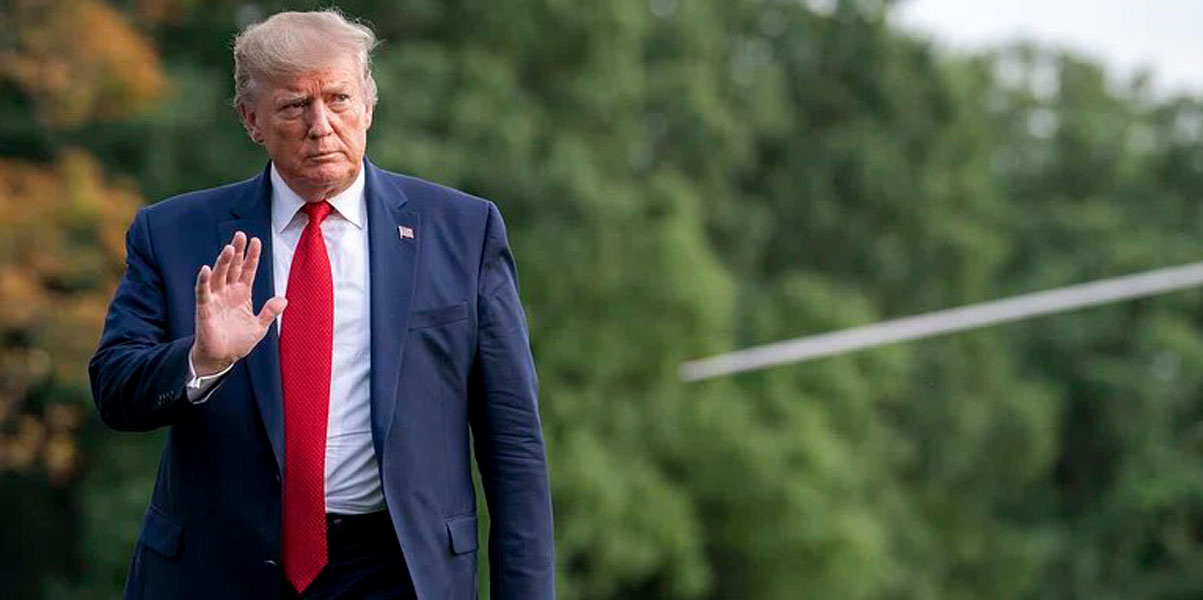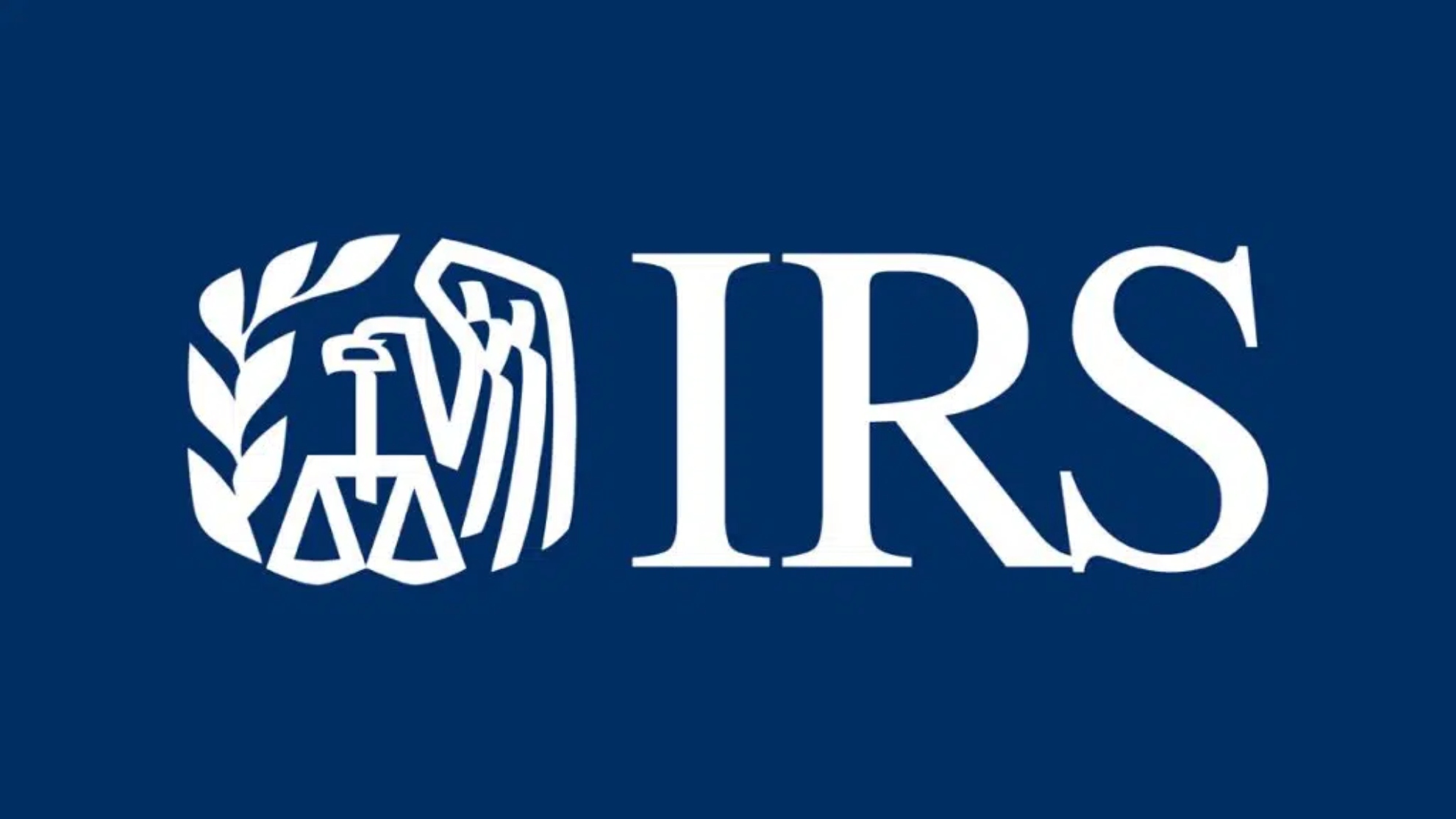Appearing in the White House Rose Garden, where large US flags were draped along the colonnades, President Trump signed an executive order implementing a 10% baseline tariff on imports from all countries on Wednesday, 2 April 2025.
The move is expected to rattle global trade relations as it introduced reciprocal tariffs on imports from nations with the largest US trade deficits, set at roughly half the rates those countries impose on American goods.
He portrayed the tax increases as a stand against unfair trade practices, depicting the US as a nation taken advantage of, even by its closest allies.
“For decades, our country has been looted, pillaged, raped and plundered by nations near and far, both friend and foe alike,” he said. “ Foreign leaders have stolen our jobs. Foreign cheaters have ransacked our factories. And foreign scavengers have torn apart our once-beautiful American dream.”
Invoking the International Emergency Economic Powers Act of 1977, he added, “ 2 April 2025, will forever be remembered as the day American industry was reborn, the day America’s destiny was reclaimed.”
The baseline tariff will take effect on 5 April 2025, followed by the reciprocal tariffs on 9 April 2025.
Additionally, the President signed an executive order eliminating the de minimis exemption for imports from China and Hong Kong, effective 2 May 2025.
Trump’s stated objectives are to reduce the US trade deficit, strengthen domestic industry, and enhance the competitiveness of American manufacturers. He also aims to use tariff revenue to fund future tax cuts. However, critics warn that tariffs could spark trade wars and drive up consumer prices—including for Americans.
On 13 February 2025, Trump announced a review of tariffs and trade policies imposed by other countries on US exports. Under what he calls the Fair and Reciprocal Plan, the US will match the tariffs other countries impose on American goods with equivalent tariffs of its own.
“ We will charge them approximately half of what they are — and have — been charging us. So the tariffs will be not a full reciprocal,” Trump said. “I could have done that, I guess, but it would’ve been tough for a lot of countries. We didn’t want to do that.”
Addressing the trade deficit
The US has the world’s largest trade deficit. In 2023 alone, it imported USD 1.1 trillion more than it exported. The trade deficit has been steadily increasing since 2019, exceeding USD 1 trillion annually for four consecutive years.
No longer a low tariff destination
The US’s relatively low tariff rates and its large, affluent market make it an attractive destination for foreign exporters. While American consumers benefit from lower prices on imported goods, the surge of foreign products intensifies competition for domestic producers and contributes to the trade imbalance that Trump has pledged to address.
Full list of Trump’s reciprocal tariffs
Economists anticipate that these businesses will pass the added expense on to American consumers, potentially raising prices on products ranging from iPhones (manufactured in China) to ready-made garments from Bangladesh.
- Laos: 48%
- Madagascar: 47%
- Vietnam: 46%
- Sri Lanka: 44%
- Myanmar (Burma): 44%
- Bangladesh: 37%
- Serbia: 37%
- Botswana: 37%
- Thailand: 36%
- China: 34%
- Taiwan: 32%
- Indonesia: 32%
- Switzerland: 31%
- South Africa: 30%
- Pakistan: 29%
- Tunisia: 28%
- Kazakhstan: 27%
- India: 26%
- South Korea: 25%
- Japan: 24%
- Malaysia: 24%
- Cote d’Ivoire: 21%
- European Union: 20%
- Jordan: 20%
- Nicaragua: 18%
- Israel: 17%
- Philippines: 17%
- United Kingdom: 10%
- Brazil: 10%
- Singapore: 10%
- Chile: 10%
- Australia: 10%
- Turkey: 10%
- Colombia: 10%
- Peru: 10%
- Costa Rica: 10%
- Dominican Republic: 10%
- United Arab Emirates: 10%
- New Zealand: 10%
- Argentina: 10%
- Ecuador: 10%
- Guatemala: 10%
- Honduras: 10%
- Egypt: 10%
- Saudi Arabia: 10%
- El Salvador: 10%
- Trinidad and Tobago: 10%
- Morocco: 10%
Emerging economies to be hit the hardest
Emerging market economies in Africa, Latin America, South Asia, and Southeast Asia are expected to be among the hardest hit. They will face either product-specific levies or broad tariffs on goods from certain countries. These economies have historically imposed higher tariffs to protect their developing industries and help them compete against established foreign firms.
Key sectors that are affected include industrial products, consumer goods, automotive, aerospace, pharmaceuticals, technology, media, telecommunications, energy, utilities, resources, and private equity.
Trump had already announced tariffs on automobiles, which took effect on 2 April.
Rattling global trade relations
The European Union is preparing retaliation for the imposition of 20% tariffs on imports.
“President Trump’s announcement of universal tariffs on the whole world including the European Union is a major blow to the world economy. I deeply regret this choice,” said Ursula von der Leyen, head of the European Union’s executive arm.
The European Union is a significant trading partner for the United States. It was the largest market for US goods exports last year.
“All businesses, big and small, will suffer from day one, from big uncertainty to the disruption of supply chains, to burdensome bureaucracy. The costs of doing business with the United States will drastically increase,” she said.
The European Union is inclined to collaborate with the United States to lower trade barriers, but they are ready to respond. “We are already finalising the first package of countermeasures in response to tariffs on steel, and we are now preparing for further countermeasures to protect our interests and our businesses if negotiations fail,” she added.
“China firmly opposes this and will take countermeasures to safeguard its own rights and interests,” the Chinese Commerce Ministry said in a statement.
Taiwan has called the move “highly unreasonable”. Japan said its levy was “extremely regrettable” and could violate World Trade Organization and US-Japan agreements, and Thailand said it would negotiate its 36% tariff.
Bangladesh has indicated that it is currently reassessing its tariffs on goods imported from the US. “The National Board of Revenue is identifying options to rationalise tariffs expeditiously, which is necessary to address the matter,” CA’s Press Secretary Shafiqul Alam said in a press statement.















